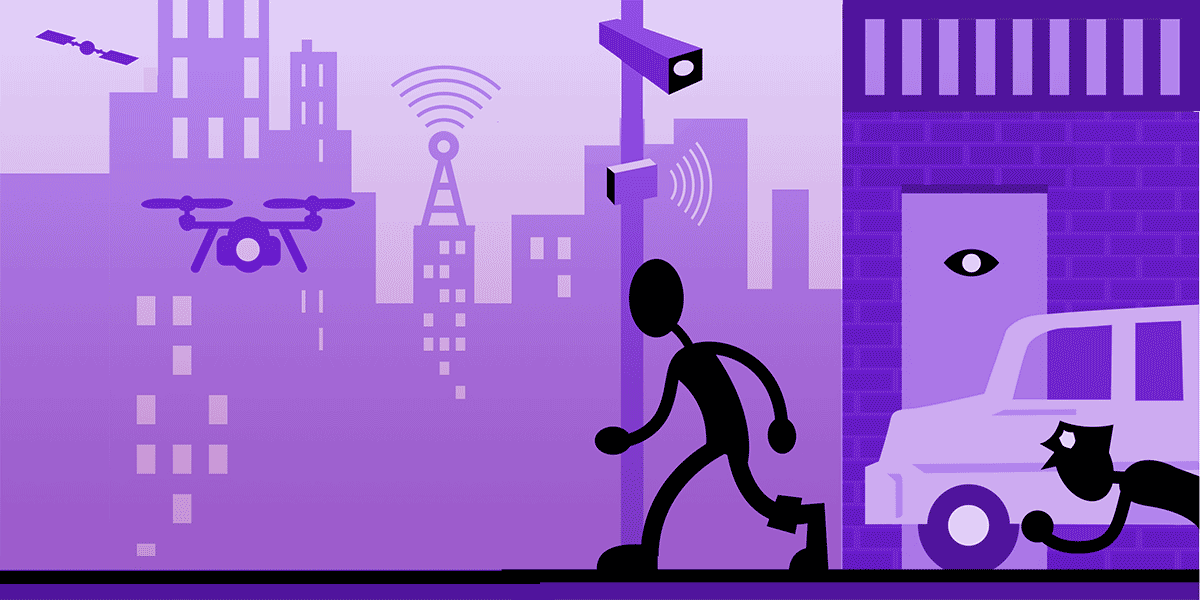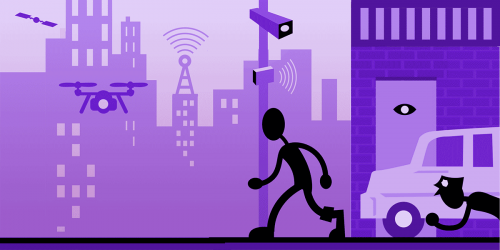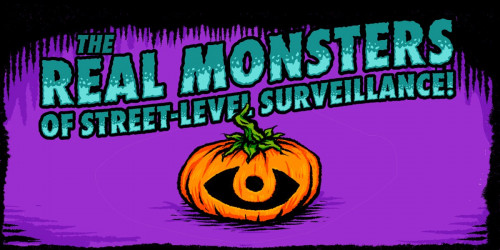If you live in San Francisco, there is an election on March 5, 2024 during which voters will decide a number of specific local ballot measures—including Proposition E. Proponents of Proposition E have raised over $1 million …but what does the measure actually do? This will break down what the initiative actually does, why it is dangerous for San Franciscans, and why you should oppose it.
What Does Proposition E Do?
Proposition E is a “kitchen sink" approach to public safety that capitalizes on residents’ fear of crime in an attempt to gut common-sense democratic oversight of the San Francisco Police Department (SFPD). In addition to removing certain police oversight authority from the Police Commission and expanding the circumstances under which police may conduct high-speed vehicle chases, Proposition E would also amend existing laws passed in 2019 to protect San Franciscans from invasive, untested, or biased police technologies.
Currently, if police want to acquire a new technology, they have to go through a procedure known as CCOPS—Community Control Over Police Surveillance. This means that police need to explain why they need a new piece of technology and provide a detailed use policy to the democratically-elected Board of Supervisors, who then vote on it. The process also allows for public comment so people can voice their support for, concerns about, or opposition to the new technology. This process is in no way designed to universally deny police new technologies. Instead, it ensures that when police want new technology that may have significant impacts on communities, those voices have an opportunity to be heard and considered. San Francisco police have used this procedure to get new technological capabilities as recently as Fall 2022 in a way that stimulated discussion, garnered community involvement and opposition (including from EFF), and still passed.
Proposition E guts these common-sense protective measures designed to bring communities into the conversation about public safety. If Proposition E passes on March 5, then the SFPD can use any technology they want for a full year without publishing an official policy about how they’d use the technology or allowing community members to voice their concerns—or really allowing for any accountability or transparency at all.
Why is Proposition E Dangerous and Unnecessary?
Across the country, police often buy and deploy surveillance equipment without residents of their towns even knowing what police are using or how they’re using it. This means that dangerous technologies—technologies other cities have even banned—are being used without any transparency or accountability. San Franciscans advocated for and overwhelmingly supported a law that provides them with more knowledge of, and a voice in, what technologies the police use. Under the current law, if the SFPD wanted to use racist predictive policing algorithms that U.S. Senators are currently advising the Department of Justice to stop funding or if the SFPD wanted to buy up geolocation data being harvested from people’s cells phones and sold on the advertising data broker market, they have to let the public know and put it to a vote before the city’s democratically-elected governing body first. Proposition E would gut any meaningful democratic check on police’s acquisition and use of surveillance technologies.
It’s not just that these technologies could potentially harm San Franciscans by, for instance, directing armed police at them due to reliance on a faulty algorithm or putting already-marginalized communities at further risk of overpolicing and surveillance—it’s also important to note that studies find that these technologies just don’t work. Police often look to technology as a silver bullet to fight crime, despite evidence suggesting otherwise. Oversight over what technology the SFPD uses doesn’t just allow for scrutiny of discriminatory and biased policing, it also introduces a much-needed dose of reality. If police want to spend hundreds of thousands of dollars a year on software that has a success rate of .6% at predicting crime, they should have to go through a public process before they fork over taxpayer dollars.
What Technology Would Proposition E Allow the Police to Use?
That's the thing—we don't know, and if Proposition E passes, we may never know. Today, if police decide to use a piece of surveillance technology, there is a process for sharing that information with the public. With Proposition E, that process won't happen until the technology has been in use for a full year. And if police abandon use of a technology before a year, we may never find out what technology police tried out and how they used it. Even though we don't know what technologies the SFPD are eyeing, we do know what technologies other police departments have been buying in cities around the country: AI-based “predictive policing,” and social media scanning tools are just two examples. And According to the City Attorney, Proposition E would even enable the SFPD to outfit surveillance tools such as drones and surveillance cameras with face recognition technology.
Why You Should Vote No on Proposition E
San Francisco, like many other cities, has its problems, but none of those problems will be solved by removing oversight over what technologies police spend our public money on and deploy in our neighborhoods—especially when so much police technology is known to be racially biased, invasive, or faulty. Voters should think about what San Francisco actually needs and how Proposion E is more likely to exacerbate the problems of police violence than it is to magically erase crime in the city. This is why we are urging a NO vote on Proposition E on the March 5 ballot.











